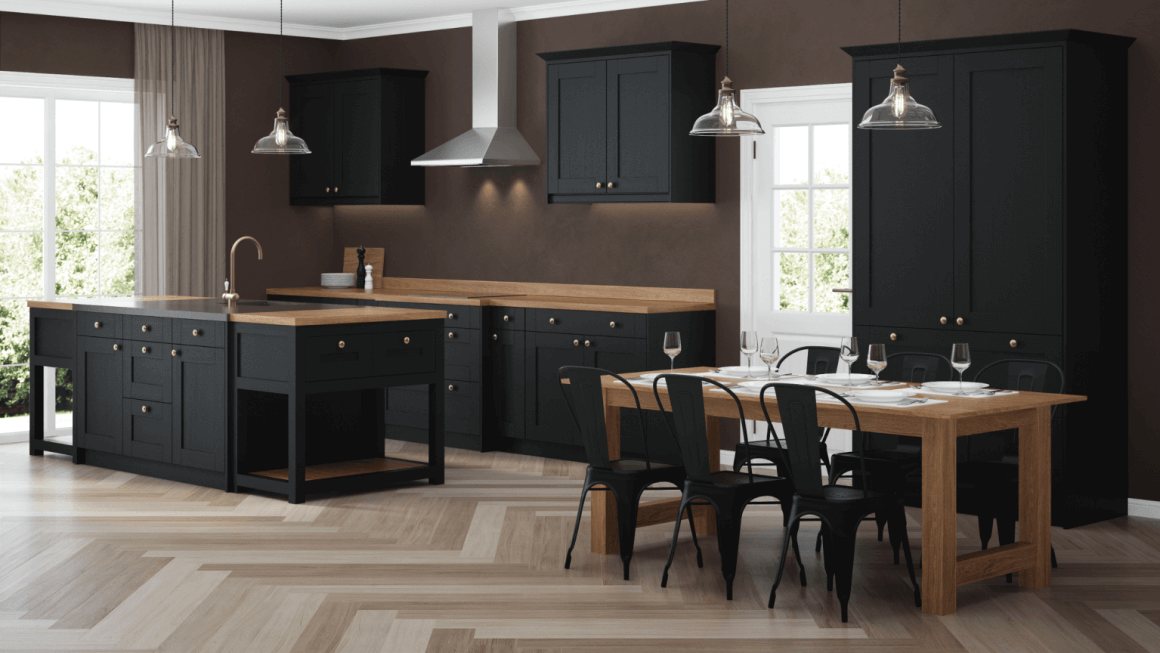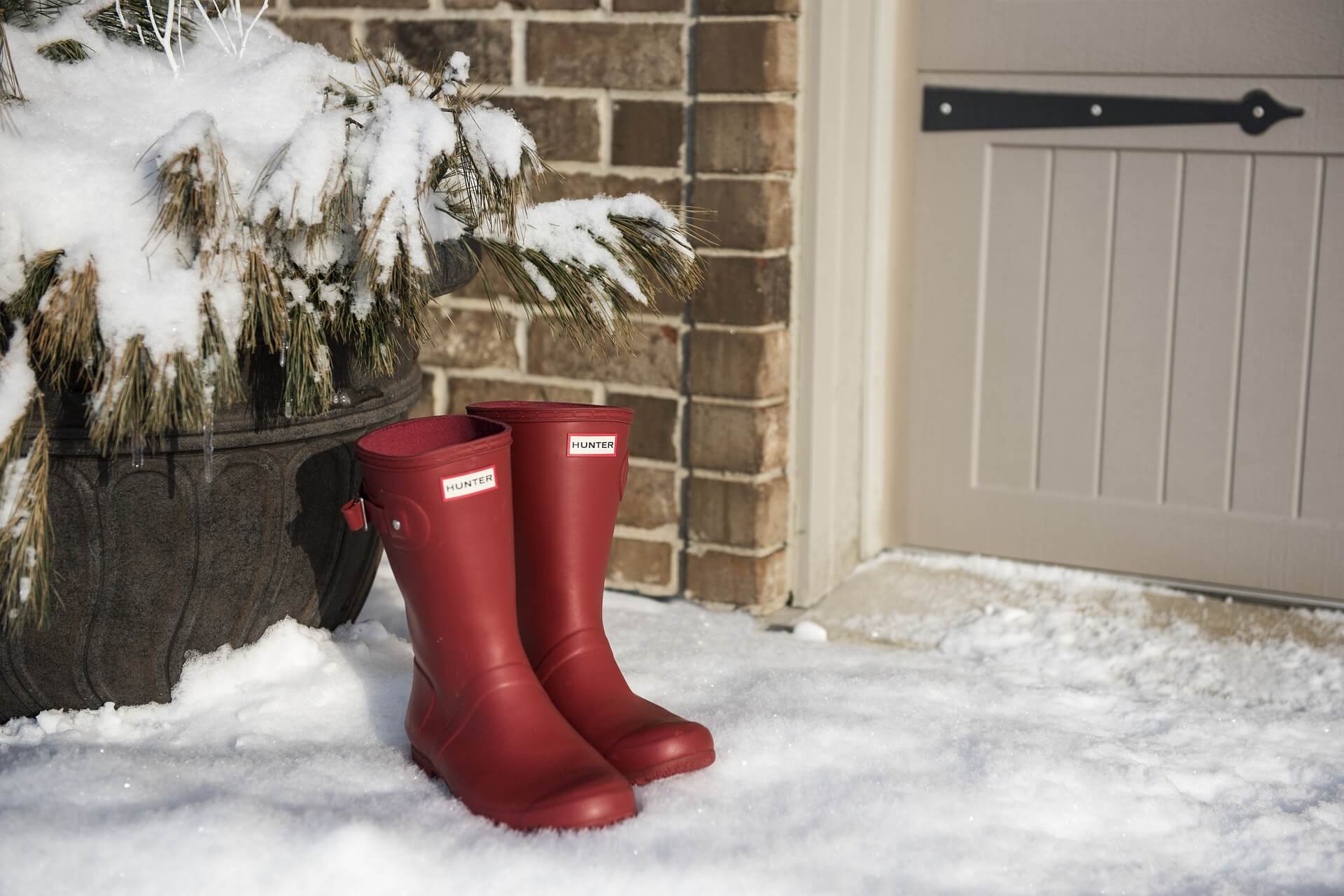Wholesale energy costs have reached a record high. This has resulted in a surge in energy prices for UK households. As such, many of us are looking for ways to reduce our energy consumption. This can not only save money; it can also reduce the carbon footprint of our households significantly. The less natural gas and energy derived from fossil fuels we use, the fewer carbon emissions we’re responsible for. Of course, there are lots of ways in which exercising a little due diligence can save money on energy and make our homes more eco-friendly. Did you know, for instance, that turning your thermostat down by just one degree could save around £80 on your annual energy bill?
However, if you’re a DIY veteran, there are lots of home improvements that can help you to drastically reduce your household’s carbon footprint by reducing your energy consumption. These can also shave hundreds of pounds off your energy bills every year. So you can save money while helping to save the planet! Let’s take a look at 5 effective eco-friendly home improvement ideas…
Upgrade your insulation
Be honest, now. When was the last time you had a really good look at your insulation? Over time, moisture ingress, rodent infestation, and general wear & tear can damage your insulation and compromise its efficacy. When this happens, the heat energy that you’re paying for drifts through your ceiling. As a result, you have to crank the thermostat even higher, resulting in more gas consumption.
Even if you have an energy supplier that offers carbon-neutral gas, this can be detrimental to the environment. Even the greenest energy plans use only a small proportion of ‘green’ biomethane gas. This is an alternative to natural gas that is sourced from farm, plant, and animal waste. The rest is carbon-offset gas. This means that the carbon generated by the natural gas is offset by carbon-neutral projects elsewhere. While this is a step in the right direction, it doesn’t relieve us of the responsibility to try and use less gas.
Upgrading your home’s insulation could prevent up to two tonnes of carbon from entering our atmosphere per year. And when it comes to home insulation, we all need to think beyond what’s in the attic! While roof insulation is important, we also need to consider cavity wall insulation and floor insulation for homes with wooden floors. The latter can help to prevent moisture ingress as well as 10% of the heat loss that occurs in our homes.
Although spray foam insulation is highly effective in reducing heat loss, its production is also linked to high greenhouse-gas emissions that dwarf the carbon savings generated by its thermal efficiency. The good news is that there are lots of alternative materials that offer similar or superior thermal efficiency without the use of environmentally damaging petrochemicals. These include:
- Cellulose
- Fibreglass
- Mineral wool
- Cotton batting (usually made from recycled denim)
- Straw bales
- Hemp
Upgrading your home insulation can not only help the environment, it can reduce your energy bill by around £300 per year.
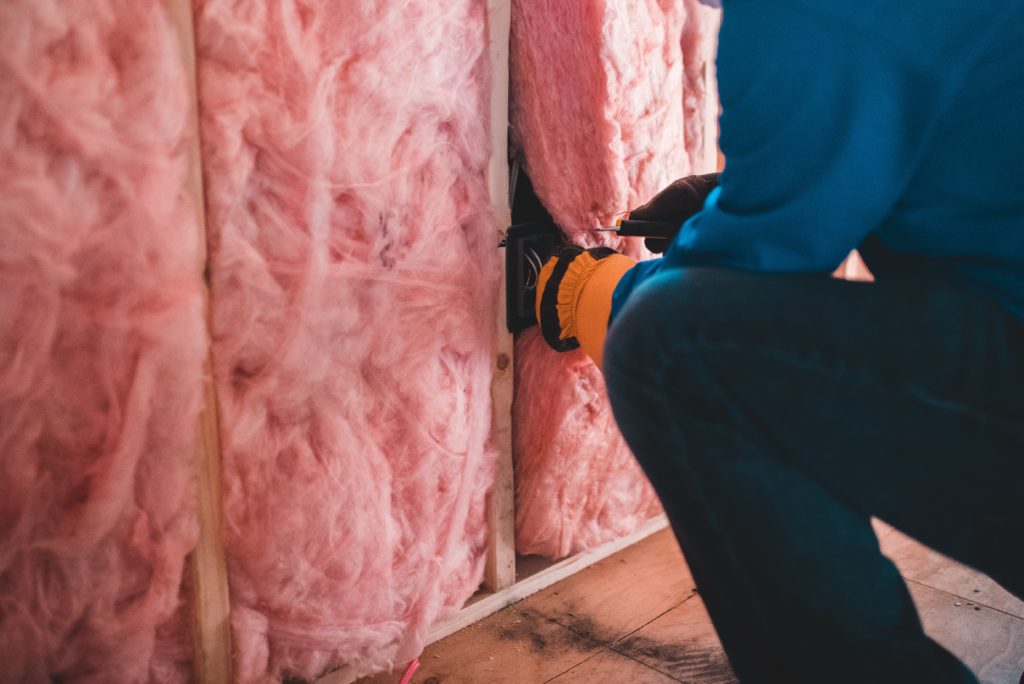
Install LED lighting
Old-fashioned incandescent bulbs have been banned since 2016. Although they are not illegal to buy, sell or use, their manufacture has been discontinued. And with good reason! While some defend the quality of the light that they generate they are inherently very wasteful. Incandescent bulbs waste 90% of the energy they use heating the filament within in order to generate light. Therefore, only 10% of the energy they consume is used to generate light rather than heat.
Installing LED lights in your home can deliver the same quality of light with much less energy expenditure. These energy efficient products are also much smaller and more versatile than older-style bulbs, enabling you to create a lighting concept that showcases your home beautifully while driving down your energy consumption. An LED lamp uses 80-85% less energy than an incandescent bulb and 18% less energy than a Compact Fluorescent Lamp (CFL).
You may assume that if you’re on an energy plan that offers 100% renewable electricity that replacing your lighting won’t affect your household’s environmental footprint. But not only are LEDs energy-efficient, they’re also non-toxic. They do not emit CO2 unlike incandescent bulbs (even CFLs emit a little CO”). Furthermore, when fluorescent and incandescent bulbs are thrown into landfill waste they can leach mercury and other harmful chemicals into our oceans. In fact, LED bulbs can usually be added to your normal household recycling. So you don’t even need to drive them to your local recycling centre to dispose of them safely.
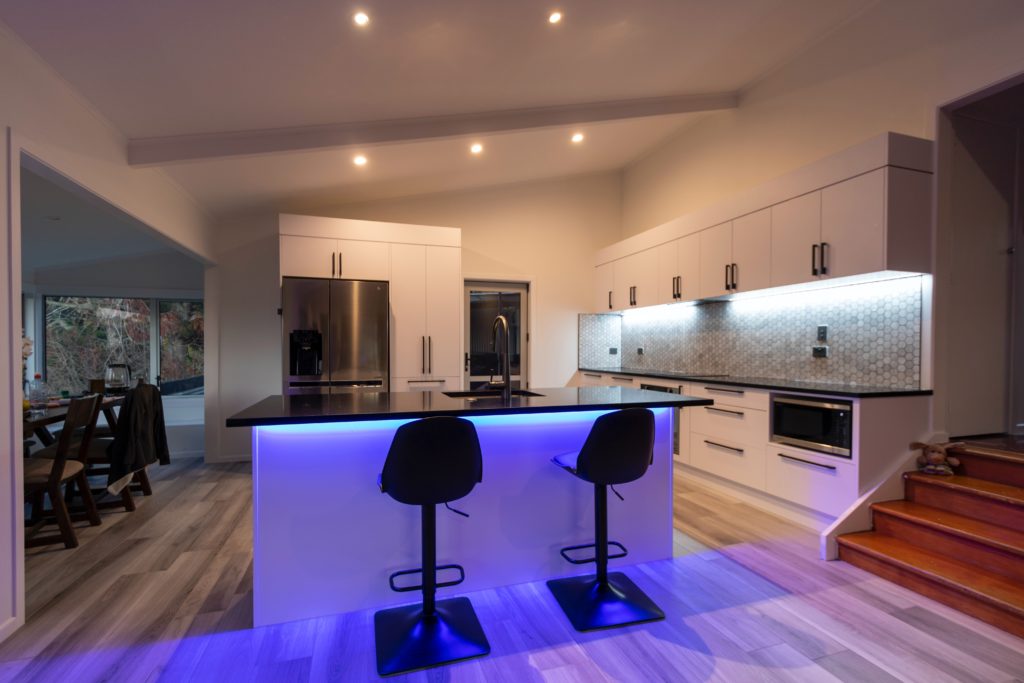
Install a smart thermostat
Articles like this will usually suggest replacing your boiler for greater eco-friendliness and energy efficiency. Especially if it’s over 15 years old. However, this isn’t necessarily a viable option for many households. Especially in this economically turbulent climate. Unless your boiler is on its last legs (making strange noises, emitting strange smells, or the pilot light is burning yellow rather than blue), there may be a more cost-effective way to improve your heating efficiency.
Instead of replacing your boiler, consider installing a smart thermostat. These work with most types of boilers, although we recommend checking with the manufacturer before committing to buy. They cost around £200 to install, but unlike smart meters, you can install them yourself if you have the DIY prowess. Either way, they can save in excess of £300 per year on your heating bills by reducing the amount of gas that you waste heating parts of the home that are unoccupied.
With a smart thermostat, you can control your home’s ambient temperature through your smartphone. This also gives you more granular control over the temperature of your home, heating each room as required. Better still, these thermostats employ AI to learn your household’s preferred temperature and movements. As such, it will automatically reduce the heating expended on rooms that are usually left empty throughout the day.
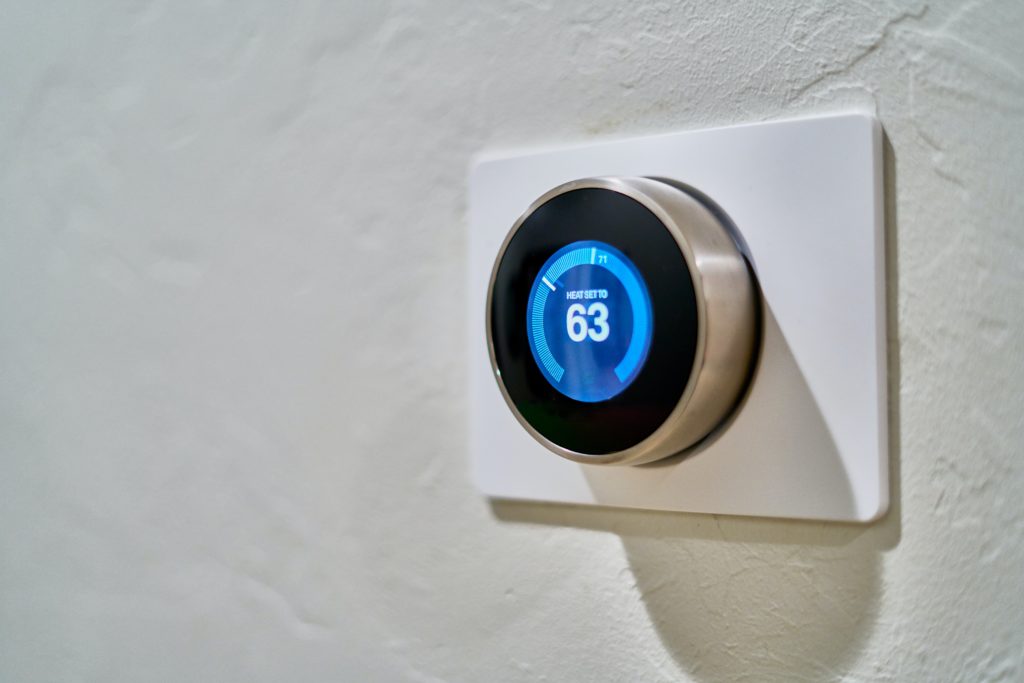
Rethink your windows
You may assume that because your windows are double glazed, you’re getting all the thermal efficiency you need from them. But the truth is that not all double glazed windows are created equal, and not all are energy efficient.
Although all double glazed windows offer superior thermal efficiency to their single-glazed counterparts, there’s still great variation between the most and the least efficient windows. The British Fenestration Ratings Council (BFRC) offers the most widely-used rating system for comparing the thermal efficiency of windows and doors. Their rainbow rating system is similar to that used in an Energy Performance Certificate. Ratings range from E all the way up to A++. If your current windows are C or D rated, you could dramatically reduce your household’s carbon footprint by replacing them with something more efficient.
According to the Energy Saving Trust, installing A-rated double glazed windows could save £75 per year and 330kg of carbon dioxide for a single-glazed semi-detached home. Furthermore, installing A++ rated double glazed windows could save the same household £95 and 405kg of carbon dioxide per year.
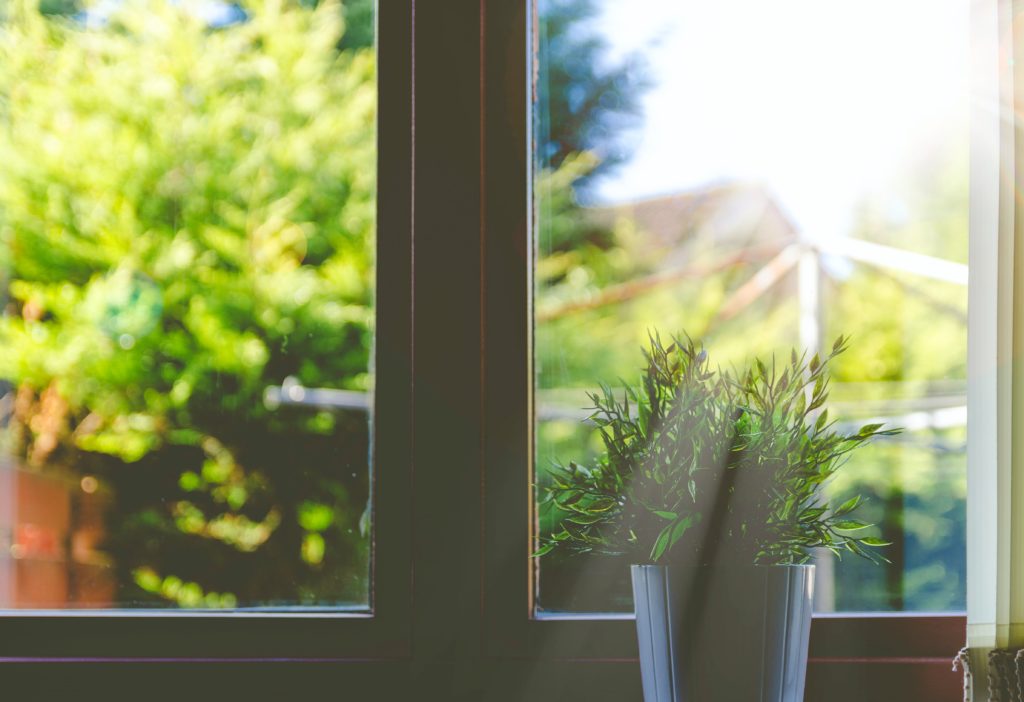
Give your external doors some TLC
Your family and guests aren’t the only things coming into and out of your home through your external doors. Depending on the age and condition of your external doors, they may be allowing cold air and draughts into your home. Damage, warping, wear and improper fitting can create small spaces that release the heat energy you’re paying for outside. As a result, you’ll need to crank that thermostat higher and waste more money on gas to heat your home.
The good news is that there are lots of ways to make your external doors more eco-friendly in time for winter. Here are some cost-effective ways to show your exterior doors some TLC and help to make them more thermally efficient:
- Use a caulking rope to fill in any small cracks that could let in cold air
- Apply a draught excluder to the bottom of your door
- Apply a draught excluder to your letterbox
- Apply weather strips to the frames around your external doors to compensate for gaps between the door and the frame
- Replace any loose or damaged door hardware
If you really want to save energy and improve your home’s eco-friendliness, it may even be time to replace your front door.
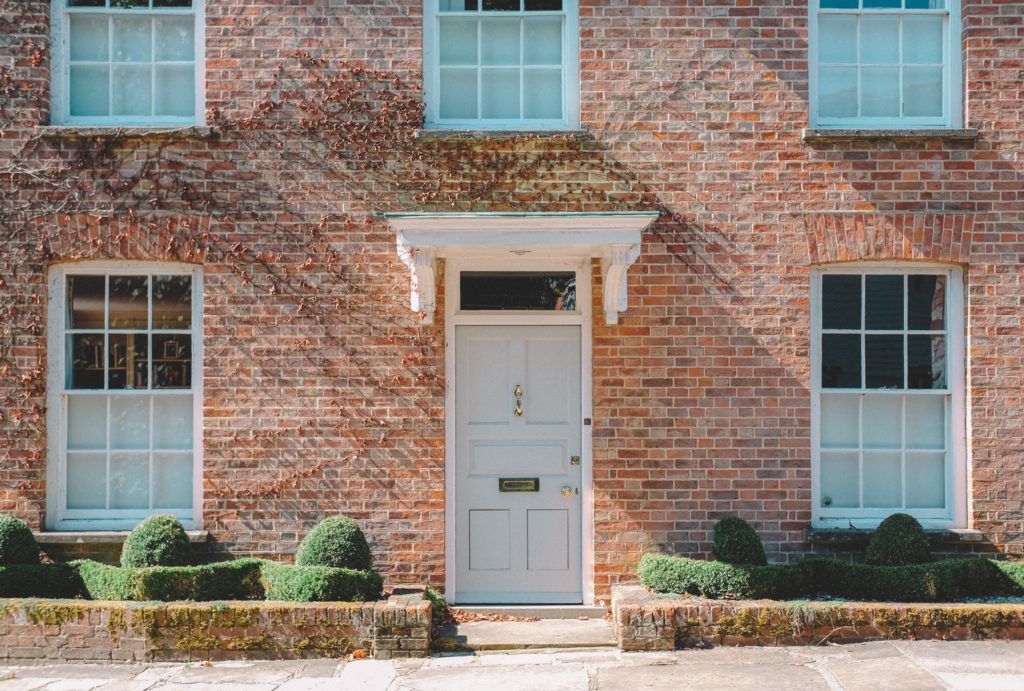
Give your external doors an eco-friendly boost with Vibrant Doors
We’ve looked at lots of green home ideas. But unless your external doors offer great thermal efficiency, you may not be able to get the best results.
At Vibrant Doors, we don’t just stock doors that look beautiful. We stock doors that can help to make your home more eco-friendly! We carry a huge range of thermally-efficient exterior doors from the UK’s most trusted brands in a variety of styles. What’s more, many of our internal and external doors are made from Forest Stewardship Council (FSC) certified timber. So you have the peace of mind that comes with knowing your doors have been ethically and sustainably sourced.
Take a look at our huge range of hardwood, oak, redwood, hemlock and composite doors, as well as low U-value glazed patio doors and bifold doors. You’re sure to find the perfect eco-friendly fit for your home!
Featured image credit: Noah Buscher on Unsplash




